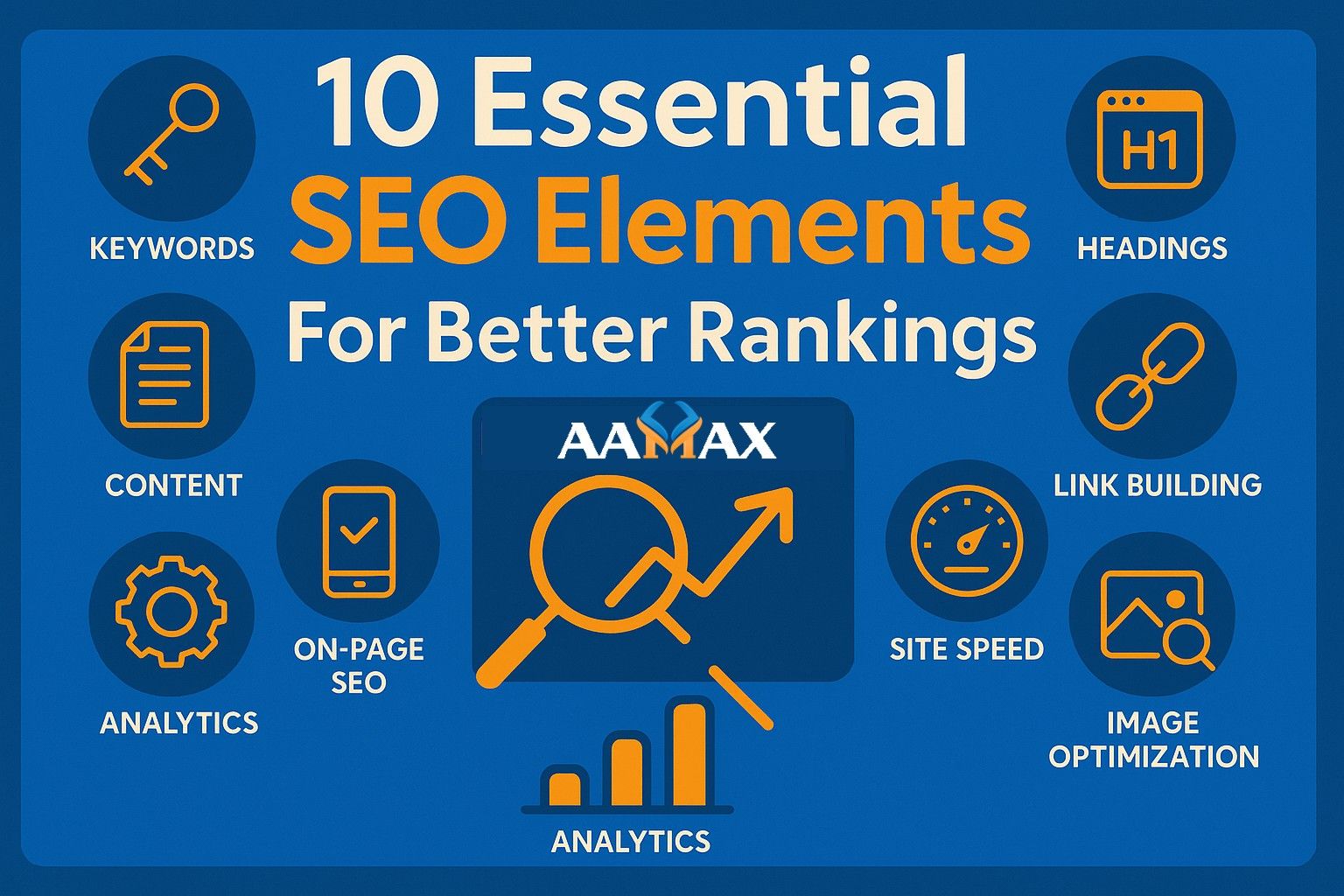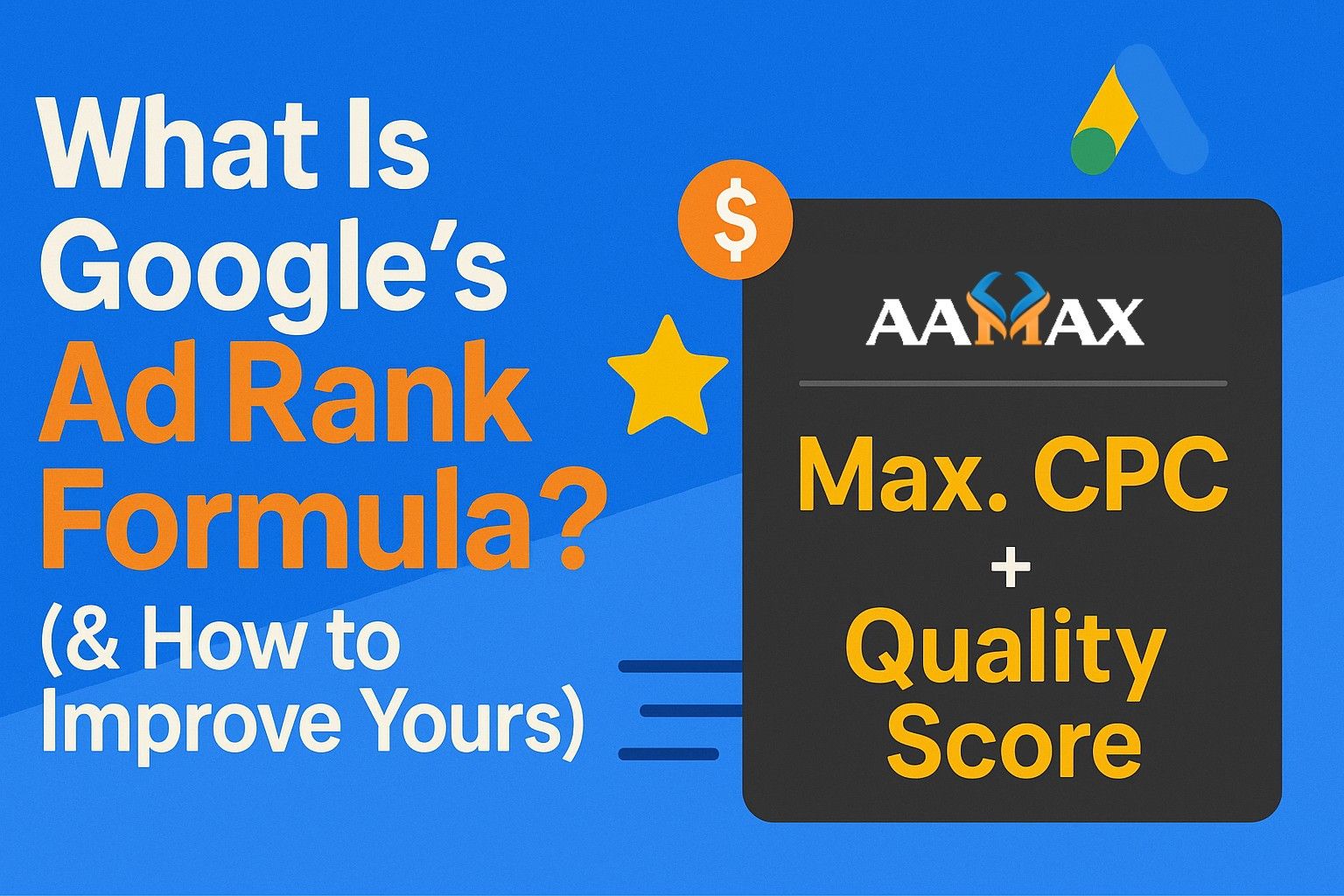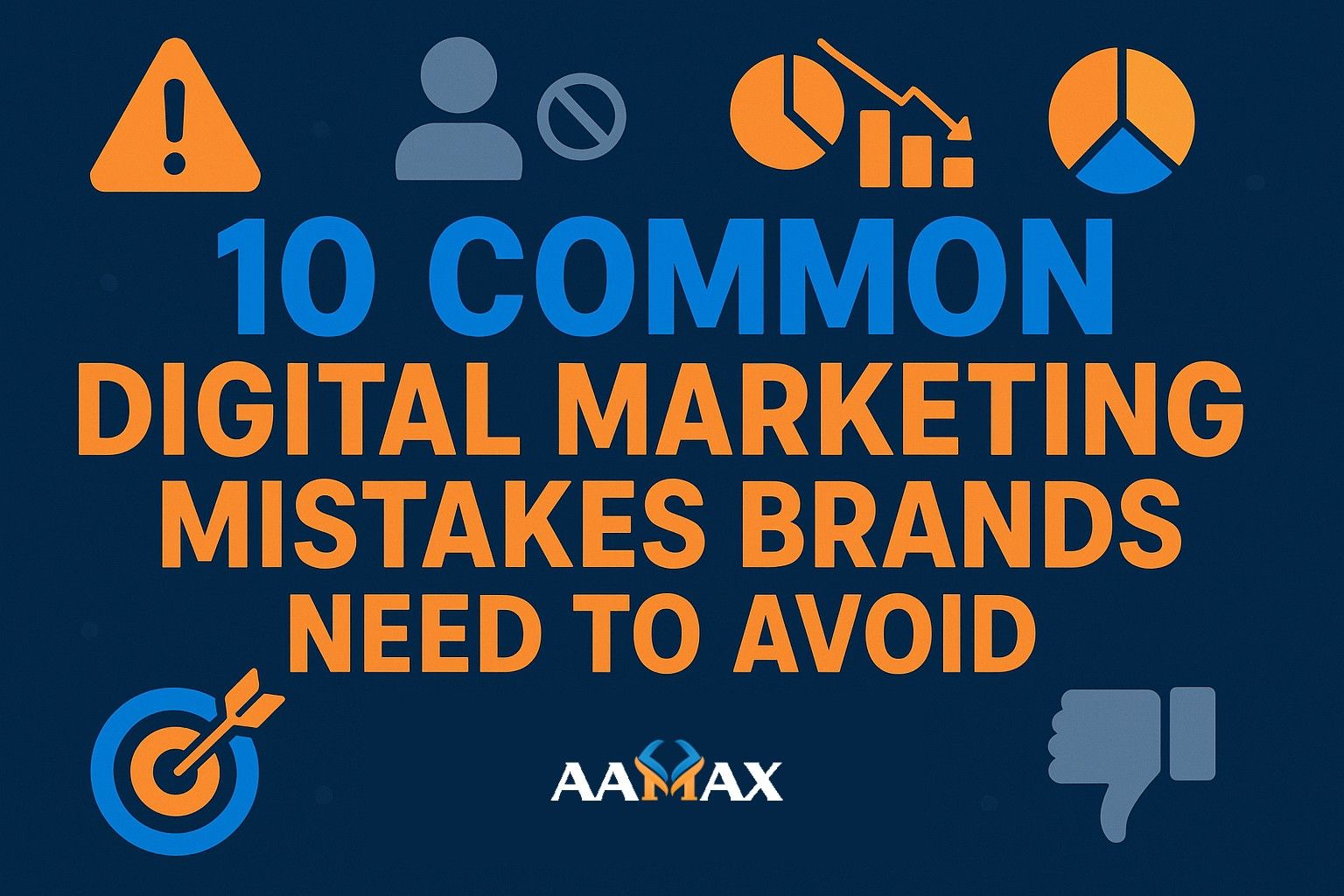
10 Essential SEO Elements for Better Rankings
Search Engine Optimization (SEO) is the foundation of digital visibility. With billions of searches performed daily on Google and other search engines, businesses need to ensure their websites are optimized to attract organic traffic. Yet, achieving better rankings isn’t about stuffing keywords or following outdated tactics — it’s about strategically combining essential SEO elements to create a site that search engines and users love.
In this comprehensive guide, we’ll explore the 10 essential SEO elements that can help you improve rankings, drive qualified traffic, and grow your business.
Why SEO Elements Matter
Search engines are designed to deliver the most relevant, high-quality results to users. To rank higher, your website must signal to search engines that it provides value, is trustworthy, and meets search intent. Each SEO element works together, building a strong foundation for long-term visibility.
By focusing on the essentials, you can avoid wasted efforts and position your site as an authority in your niche.
1. Keyword Research and Optimization
Keyword Research are the backbone of SEO. They connect what people search for with the content you provide. Without effective keyword research, your SEO efforts may not align with actual user intent.
How to Optimize:
- Use free and paid tools (Google Keyword Planner, Ahrefs, SEMrush, Ubersuggest) to discover high-value keywords.
- Focus on long-tail keywords, which have lower competition and higher conversion potential.
- Incorporate keywords naturally into titles, headers, and content.
- Avoid keyword stuffing; instead, aim for contextual and semantic relevance.
Well-researched keywords ensure your content reaches the right audience at the right time.
2. High-Quality Content
Content remains king in the SEO world. Search engines prioritize content that provides genuine value to users. Thin or duplicated content won’t rank — but helpful, engaging, and original content will.
Best Practices:
- Answer your audience’s questions clearly and thoroughly.
- Structure content with scannable headings, bullet points, and visuals.
- Maintain a consistent publishing schedule.
- Update older content to keep it fresh and accurate.
The more valuable your content, the more likely users will engage with it, share it, and link back to it — boosting your rankings.
3. On-Page Optimization
On-page SEO ensures that search engines can understand and index your content effectively. It involves optimizing individual pages for targeted keywords while enhancing user experience.
Key Elements:
- Title Tags: Include primary keywords within 60 characters.
- Meta Descriptions: Write compelling summaries under 170 characters.
- Header Tags (H1, H2, H3): Use hierarchy and keywords naturally.
- URL Structure: Keep URLs short, descriptive, and keyword-rich.
- Image Alt Text: Add descriptive text to improve accessibility and SEO.
On-page optimization helps both users and search engines navigate your site easily.
4. Mobile-Friendliness
With the majority of searches happening on mobile devices, Google now uses mobile-first indexing. This means your mobile site is the primary version evaluated for ranking.
How to Ensure Mobile-Friendliness:
- Use responsive design to adapt to different screen sizes.
- Simplify navigation for smaller screens.
- Avoid intrusive pop-ups that block content.
- Test your site with Google’s Mobile-Friendly Test tool.
A seamless mobile experience is no longer optional — it’s critical for rankings.
5. Page Speed and Core Web Vitals
Site speed is a direct ranking factor. Slow websites frustrate users, increase bounce rates, and reduce conversions. Google’s Core Web Vitals now play a major role in assessing page experience.
Core Web Vitals to Monitor:
- Largest Contentful Paint (LCP): Measures loading performance.
- First Input Delay (FID): Measures interactivity.
- Cumulative Layout Shift (CLS): Measures visual stability.
Optimization Tips:
- Compress images and use next-gen formats.
- Leverage browser caching.
- Minimize JavaScript and CSS.
- Use a reliable hosting provider.
Fast, stable sites keep users engaged and improve search engine rankings.
6. Technical SEO
Technical SEO focuses on ensuring search engines can crawl, index, and understand your site effectively. Without a solid technical foundation, your content won’t rank no matter how good it is.
Essential Technical SEO Practices:
- Create an XML sitemap and submit it to Google Search Console.
- Use robots.txt to guide search engine crawlers.
- Implement schema markup for rich snippets.
- Ensure HTTPS security with an SSL certificate.
- Fix broken links and eliminate duplicate content.
Strong technical SEO ensures that your website is accessible and trustworthy in the eyes of search engines.
7. User Experience (UX)
SEO and UX are closely connected. Google rewards websites that prioritize users by providing intuitive, enjoyable experiences.
UX Best Practices:
- Simplify site navigation to help users find content quickly.
- Use clear CTAs (calls to action).
- Maintain a clean, professional design.
- Balance text with visuals for better readability.
- Optimize for accessibility, including screen readers.
A strong UX keeps visitors engaged, reduces bounce rates, and sends positive ranking signals to search engines.
8. Backlinks and Authority Building
Backlinks (links from other websites to yours) are one of the most important ranking factors. They signal to search engines that your site is credible and authoritative.
How to Build Backlinks:
- Create shareable, high-quality content like guides, studies, or infographics.
- Reach out for guest posting opportunities.
- Engage in PR and digital partnerships.
- Earn mentions from industry influencers.
The more authoritative backlinks you earn, the higher your chances of ranking in competitive searches.
9. Local SEO
For businesses targeting local customers, Local SEO services is essential. It helps you appear in local search results and Google Maps when users look for nearby solutions.
Local SEO Tactics:
- Claim and optimize your Google Business Profile.
- Include local keywords in your content and metadata.
- Encourage customer reviews to boost credibility.
- Add NAP (Name, Address, Phone) consistently across directories.
Strong local SEO ensures nearby customers can easily find and trust your business.
10. Analytics and Continuous Improvement
SEO is not a one-time task; it’s an ongoing process. Tracking your results and making data-driven adjustments ensures continued success.
Key Tools:
- Google Analytics: Track traffic, user behavior, and conversions.
- Google Search Console: Monitor indexing, keywords, and technical issues.
- SEO Tools (Ahrefs, SEMrush, Moz): Gain insights into rankings, backlinks, and competitors.
Continuous Improvement Tips:
- Identify and fix underperforming content.
- Track keyword movements regularly.
- Adapt to algorithm updates quickly.
- Test new strategies and learn from results.
Consistent monitoring and adaptation keep your SEO strategy strong and effective.
Putting It All Together
SEO success requires a combination of elements working together. From keyword research to backlinks, from site speed to UX, every component plays a role in achieving better rankings. Neglecting one element can hold back your entire strategy.
By focusing on these 10 essential SEO elements, you can build a robust foundation for digital visibility, drive organic traffic, and position your business as a leader in your niche.
Final Thoughts
Ranking higher in search engines doesn’t happen overnight. It requires ongoing effort, consistent optimization, and a user-first approach. By mastering these 10 essential SEO elements, you’ll set your website up for long-term growth, improved visibility, and higher conversions.
And if you’re ready to take your SEO efforts to the next level, you can AAMAX — a full-service digital marketing company offering web development, SEO, and digital marketing services. With expert strategies and execution, you can transform your website into a powerful engine for growth and visibility.






